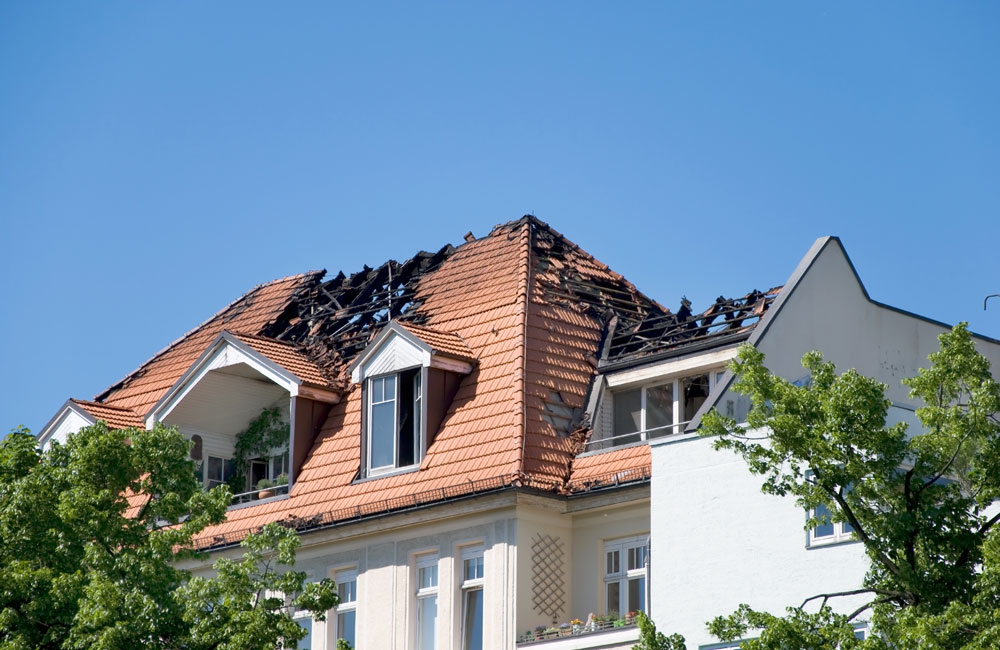How to Repair Fire Damage in Your Home

Experiencing a house fire is a distressing event, but with the right steps, you can restore your home. The Process of Obtaining Repair Estimates is a crucial part of recovery, helping you understand the scope and cost of necessary fixes. Here’s a straightforward guide to help you through the recovery process.
1. Ensure Safety Before Entering
Before re-entering your home, wait for the fire department or a structural engineer to declare it safe. Once cleared:
- Secure the property: Board up windows, cover roof holes with tarps, and set up temporary fencing if necessary. Avoid entering if structural integrity is in doubt.
- Contact your insurance company: Report the incident promptly to start the claims process and inquire about temporary housing assistance.
2. Assess the Damage
When it’s safe to do so, check how much damage has been done:
- Bring in a structural engineer—they can inspect the foundation, framing, and the overall stability of your house. Their report will help determine which areas can be salvaged and which need replacement.
- Identify hazardous materials: Be aware of risks like asbestos or lead, especially in older homes. Professionals can assist in safely handling these materials.
3. Begin Cleanup and Drying
Cleaning up after a fire is crucial to prevent further issues:
- Wear protective gear: Use dust masks, gloves, safety goggles, and sturdy footwear to protect yourself from debris and contaminants.
- Address water damage: Remove wet items promptly to prevent mould growth. Use fans and dehumidifiers to dry out the space, and replace HVAC filters to remove soot particles.
- Get rid of smoke and soot: Wipe down surfaces using a mix of dish soap, borax, and vinegar. For fabrics, soak them in warm water with detergent and white vinegar before laundering.
4. Eliminate Smoke Odors
Lingering smoke odours can be persistent:
- DIY methods: Use baking soda on carpets and upholstery to absorb odours. Place bowls of activated charcoal around the house to help neutralize the air.
- Professional treatments: Techniques like ozone or thermal fogging can eliminate deep-seated odours. Air scrubbers with HEPA filters can also purify the air.
5. Rebuild and Restore
With cleanup underway, focus on rebuilding:
- Obtain necessary permits: Check with your local building department to ensure compliance with regulations before starting major repairs.
- Upgrade systems: Consider updating electrical, plumbing, and structural components to meet current building codes, enhancing safety and resilience.
- Salvage or replace items: Determine which belongings can be restored and which need replacing. Professionals can assist in restoring electronics, documents, and textiles.
6. Address Emotional Well-being
Dealing with the aftermath of a fire can be emotionally difficult.
- Acknowledge your feelings: It’s normal to grieve the loss of belongings and the disruption to your life.
- Seek support: Consider joining support groups or speaking with mental health professionals who specialize in trauma recovery.
Conclusion
Restoring your home after a fire is a step-by-step process that requires patience and diligence. By following these guidelines and seeking professional assistance when needed, you can rebuild your home and life. Remember, you’re not alone—support is available at every stage of recovery.





